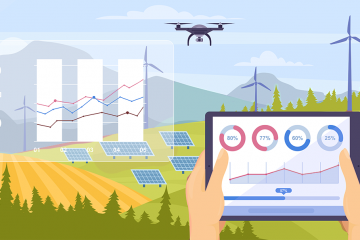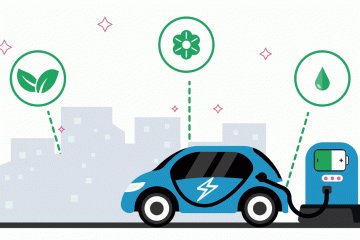The minute we hear someone lament about indoor air pollution we immediately suggest investing in an air purifier. Well, the solution seems simple right? You buy an air purifier, and you get better air quality indoors. Wrong! Not every air purifier is designed the same way, and while we may buy a device just because the word “purifier” somehow sounds reassuring, we may not be doing it right.
In reality, there are a majority of air purifiers that do little to improve air quality rendering it completely useless. Here are some common air kinds of air purifiers and its negative impact on your health.
Ozone Purifiers
Like the name says, these purifiers emit ozone O3 inside the installed room and are said to kill bacteria and viruses present therein. However, the catch is that you would need copious amounts of Ozone to actually kill viruses and bacteria and that can seriously impact your health. You see ozone on such high level is actually a kind of pollutant that can cause severe lung irritation. While these purifiers can help contain the multiplication of certain micro-organisms, we would just have to find a different way of doing that. It is known to trigger asthma, chest congestion and can even affect the functioning of your lungs. Plus it does absolutely nothing to the particulate matter present in the indoor air.
Ionizer Purifier
These inject negatively charged Oxygen ions in the air to purify the air. Since they are charged, they attract pollens and dust towards it and gets weighed down. But these filters don’t clean the air; they just mask them. The particulate matter will still be present inside the room and pollute the indoor space. Not exactly what we had in mind right?
UV Purifiers
While we are fine with UV water purifiers, the same can’t be said about air purifiers. You need to know if the kind of UV radiation that is emitted is good for human health. Also, when it gets released into the air, it produces ozone which as we discussed can lead to chronic conditions like lung damage, chest congestion, respiratory distress, and asthmatic attacks.
There is one more practical issue with this kind of purifiers. For UV rays to clean your air, you need to have a very airspeed. However, since the UV filters come combined with a HEPA filter(which requires a higher airflow to be effective), the overall effect of both put together is not very clear.
Another aspect of these filters is the source of UV radiation. The cheaper ones have a bulb that can lead to mercury contamination when damaged. The better variants have quartz, but they are also pretty expensive.
HEPA Air Purifiers
HEPA air purifiers are something you hear quite often. Well, this may be a good solution and as per the claims it can effectively trap more than 99.9% of particulate matter and can filter out viruses and bacteria. So effective, right? However, let us give a closer look at how it works. The filter consists of thin layers of a fibrous kind of material that are folded, creating a flap-like structure. When the fan starts pushing air inside, it will start trapping all the microparticles and give out clean air.
But unless it gets cleaned frequently, the pollutants remain trapped on the flaps and over time its overall effectiveness comes down. Over time, these purifiers don’t purify much and are rendered ineffective making us vulnerable to a host of chronic respiratory ailments. Also, these HEPA filters don’t kill the germs; they just trap them. So if the filter container is not closed properly, it might contaminate the air again.
Installing an air purifier may not completely solve your air quality problem. Also, these will not help you eliminate the effects of molds and microbial germs inside. You can improve your air quality by regular vacuuming, dusting, and cleaning. Investing in a reliable air quality monitor would help you keep a check on the air you breathe and take preventive measures well in advance.
Click here to check out our air quality monitors. Also visit Global air pollution to check air quality index near you powered by Ambee’s air quality api.
Awareness
7 Ways How Soil Data Can Revolutionalize the Agriculture Industry
Idea in brief: The United Nations estimates the global population to reach 9.8 billion by 2050, making the food and agriculture industry more important than ever To address the pressure of ever-increasing demands, stakeholders of Read more…




